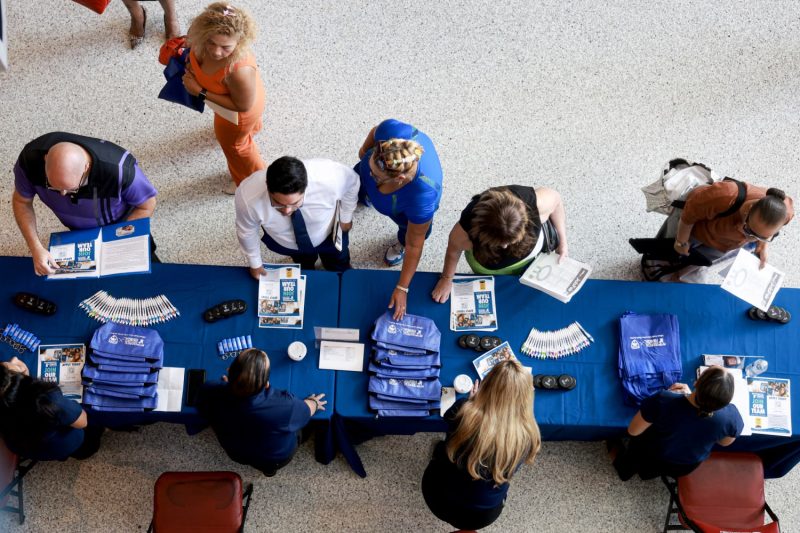The recent increase in the number of Americans searching for new job opportunities has sparked a nationwide conversation about the state of the economy and workforce dynamics. According to a report by the Bureau of Labor Statistics, over 28% of Americans are currently looking for new jobs, marking the highest rate in a decade. This surge in job seekers has various implications for both employees and employers alike.
One of the primary reasons behind this significant proportion of job seekers is the impact of the COVID-19 pandemic on the job market. The pandemic led to widespread layoffs and job insecurities, prompting many workers to reconsider their current employment situations and explore new opportunities. Remote work, which became more prevalent during the pandemic, also played a role in driving this trend, as employees sought greater flexibility and work-life balance.
Additionally, changing priorities and values among workers have contributed to the increase in job searches. Many employees have reevaluated what they want from their jobs, prioritizing factors such as job satisfaction, work culture, and career advancement opportunities. As a result, individuals are more willing to explore different job prospects in search of roles that align better with their personal and professional goals.
The rise of the Great Resignation, a phenomenon where workers are quitting their jobs in record numbers, has further fueled the job search trend. Employees are leveraging the current labor shortage to pursue better-paying or more fulfilling positions, leading to increased competition among employers to attract and retain top talent. This dynamic has created a candidate-driven job market, where job seekers have more options and bargaining power.
Employers, on the other hand, are facing challenges in retaining their workforce and filling vacant positions. Companies are now revisiting their recruitment strategies, offering competitive salaries, benefits, and incentives to attract qualified candidates. Furthermore, organizations are focusing on enhancing employee experience, fostering a positive work environment, and providing opportunities for professional development to enhance retention rates.
In conclusion, the current landscape of job searching in America reflects a shifting paradigm in the workforce. The combination of pandemic-induced changes, evolving employee preferences, and the Great Resignation phenomenon is reshaping how individuals approach their careers. As both job seekers and employers adapt to these changing dynamics, the future of work is poised to be more dynamic and employee-centric.

